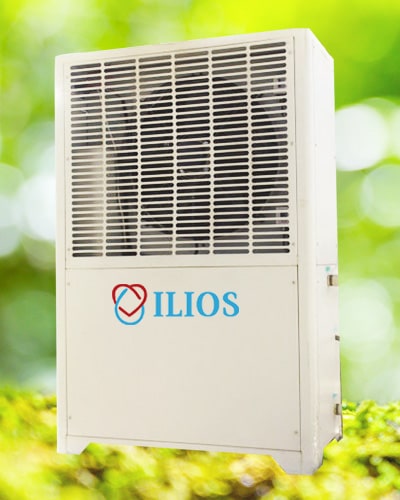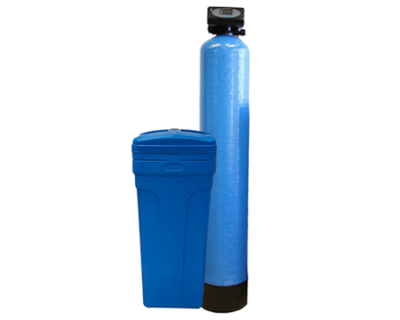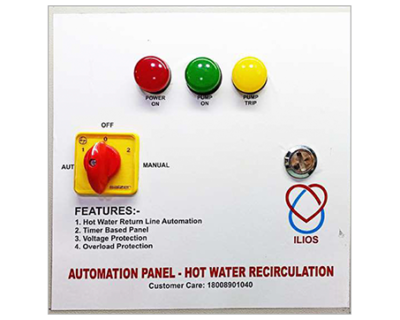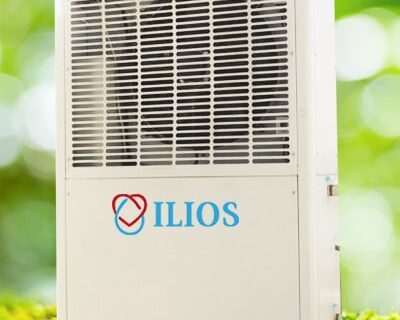Blog

A Detailed Step-by-Step Guide to Heat Pump Installation
Today, energy efficiency and being eco-friendly are important aspects of day-to-day life. Homeowners and businesses alike seek ways to heat and cool their residences without hurting the environment. A heat pump installation is a system of transferring heat from one place to another that keeps the comfort in the place all the time. Whether it is the cost of saving energy or using it as a green solution for your house, you want to know about installing a heat pump.
What Is a Heat Pump?
Let’s understand first what a heat pump does. During the winter months, it absorbs the heat from the outside and transports it into the house to warm it up. In the summer, it will do the reverse, pulling heat out of your house to cool it down.
Step-by-Step Guide to Heat Pump Installation
- Planning and Assessment
The first step in heat pump installation is evaluating your home or building. A professional installer will assess factors like the size of the area to be heated or cooled.
The insulation quality of your home.
The local climate and environmental conditions.
It provides the proper heat pump, suited to your exact needs and also a proper size to fit into place.
- Selecting Appropriate Heat Pump
There exist various kinds of heat pumps, and selecting the suitable one is paramount:
Air Source Heat Pumps—Extract warmth from air
Ground Source Heat Pumps—Includes geothermal energy that collects from the earth
Water Source Heat Pumps—Obtain warmth from a water body that comprises lakes and rivers.
Every type has its benefit and is suitable for certain conditions. Discussing options with a qualified technician will help you make the best choice.
- Preparing the Site
After deciding what type of heat pump you would like, your site must be prepared. Outdoor units must be positioned on a firm, level surface. Indoor units need to be given the right spacing and positioning to facilitate proper airflow.
- Installation of Outdoor and Indoor Units
An outdoor unit is generally positioned on a concrete or metal platform to raise it off the ground. It safeguards it from getting dirty, damp, or even snowed over.
The indoor unit is fixed inside the building, mounted at times on the wall or on the ceiling. Proper installation would ensure the adequate distribution of air in the building.
- Electrical Connections
Installation of the heat pump includes connecting the system to your home’s electrical supply. This step must be carried out by a licensed electrician to ensure safety and compliance with local regulations.
- Refrigerant Lines
Refrigerant lines are vital for transferring heat between the indoor and outdoor units. These lines must be sealed and insulated to prevent energy loss.
- Testing and Calibration
After installation, the system is tested to confirm it works well. The technician will check the airflow and temperature output.
Adjust the thermostat settings.
Inspect for any leaks or loose connections.
Proper calibration ensures your heat pump operates at peak efficiency.
Common Challenges in Heat Pump Installation
Heat pump installation is a precise process, and some challenges may arise:
Incorrect Sizing: An undersized or oversized heat pump can lead to inefficiency.
Improper Placement: Poor positioning of the units can reduce performance.
Poor Insulation: If your home isn’t well insulated, the heat pump may have to work harder, increasing energy costs.
To avoid these issues, always hire experienced professionals for the job.
Maintenance Tips for Heat Pumps
Once your heat pump installation is complete, regular maintenance will keep it running smoothly. Here are some tips:
Clean the Filters: Dirty filters can limit airflow, which means less efficiency. Clean or replace them periodically.
Check the Coils: Dust and debris on the coils can hinder heat transfer.
Check the refrigerant levels: Low refrigerant levels may indicate a leak, which requires prompt attention.
Schedule Annual Servicing: Professional servicing ensures that all parts are in good working condition.
Environmental Advantages of Heat Pumps
Heat pumps not only save money but also contribute to a greener planet. By using renewable energy sources and consuming less electricity, they help reduce greenhouse gas emissions. If you’re passionate about sustainable living, heat pump installation is a step in the right direction.
Why Professional Installation Matters
While some homeowners may consider DIY installation, hiring professionals is highly recommended. Here’s why:
Safety: Technicians know and possess what is needed to make any connection safe with either electricity or refrigerants.
Efficiency: Professionals will ensure that system installation is proper for good performance.
Warranty protection: Most manufacturers require professional installation for warranty coverage.
Choosing an experienced and certified installer assures a smooth process and lasting result.
Conclusion
Installing a heat pump is a great idea for anyone looking to save energy, cut costs, and help build a greener future. With the right approach and professionals on board, you can have a comfortable, eco-friendly home all year round.




